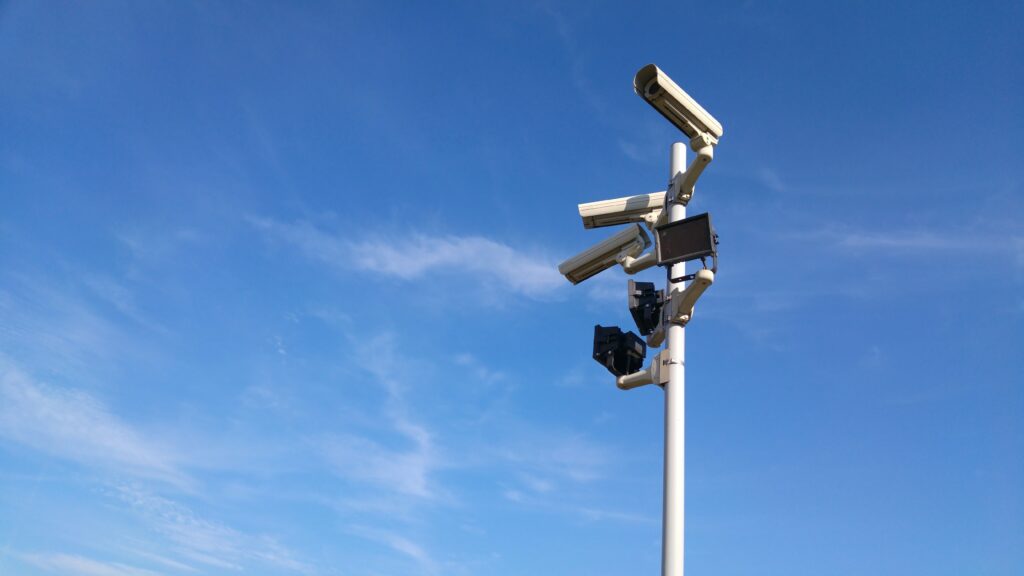Scientists at America’s top nuclear lab were recruited by China to design missiles and drones, report says

source: nbcnews.com | image: pexels.com
“China is playing a game that we are not prepared for, and we need to really begin to mobilize,” said Greg Levesque, the lead author of the report by Strider Technologies.
At least 154 Chinese scientists who worked on government-sponsored research at the U.S.’s foremost national security laboratory over the last two decades have been recruited to do scientific work in China — some of which helped advance military technology that threatens American national security — according to a new private intelligence report obtained by NBC News.
The report, by Strider Technologies, describes what it calls a systemic effort by the government of China to place Chinese scientists at Los Alamos National Laboratory, where nuclear weapons were first developed.
Many of the scientists were later lured back to China to help make advances in such technologies as deep-earth-penetrating warheads, hypersonic missiles, quiet submarines and drones, according to the report.
Continue reading “Scientists at America’s top nuclear lab were recruited by China…”







